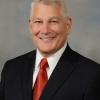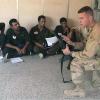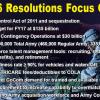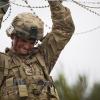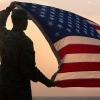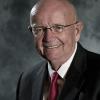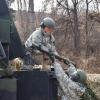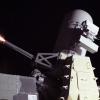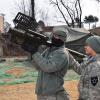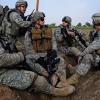The Association of the U.S. Army will undergo a leadership change on July 1, with retired Army Gen. Carter F. Ham succeeding retired Army Gen. Gordon R. Sullivan as president and CEO.
Sullivan, the 32nd Army Chief of Staff who retired from active service in 1995 after more than 36 years of service, has led the nonprofit, educational association since January 1998.
He’ll remain as a senior fellow with AUSA’s Institute of Land Warfare.
"I’ve been proud for 18½ years to lead a professional organization dedicated to supporting the Army and all of its parts," Sullivan said. "We have an essential...


